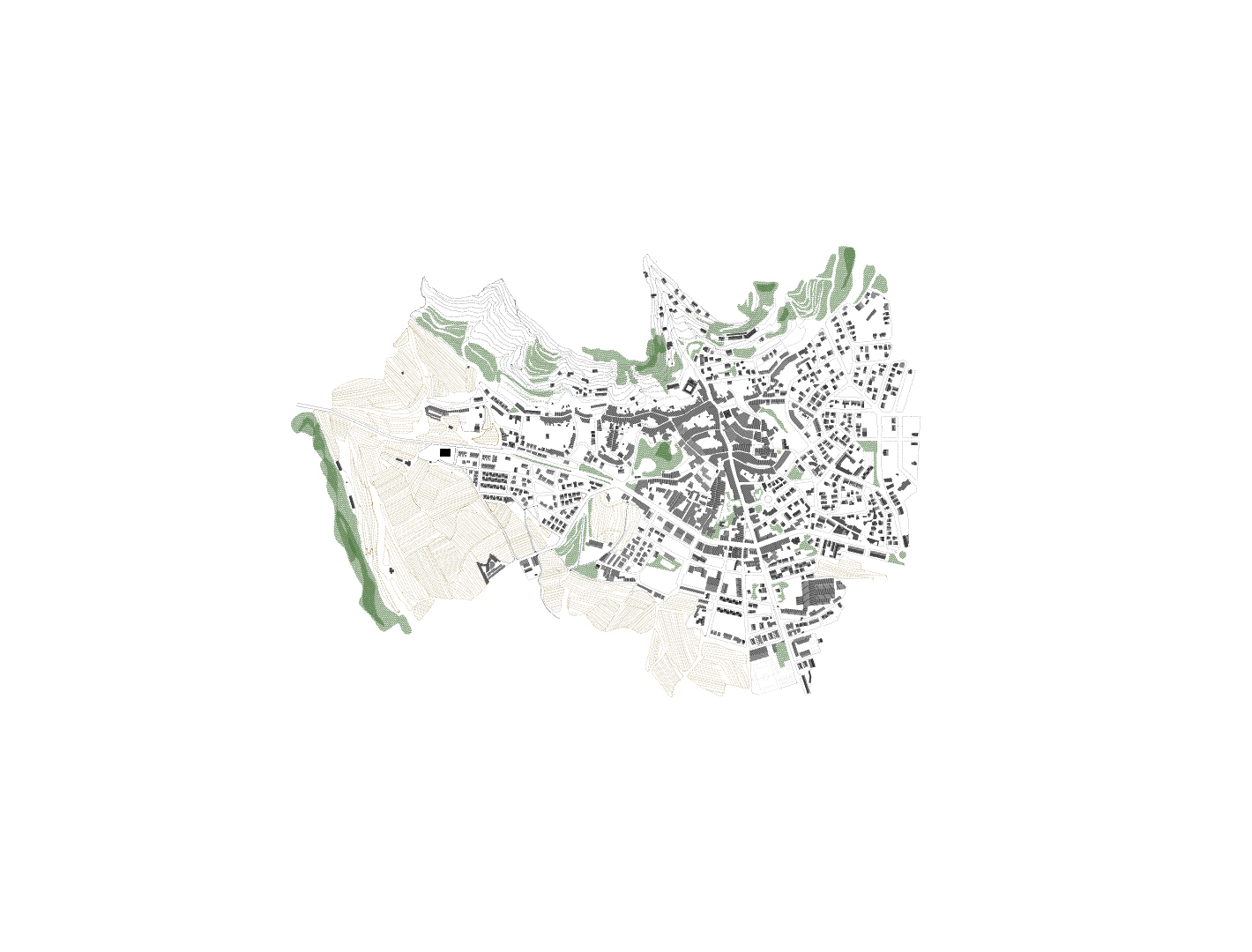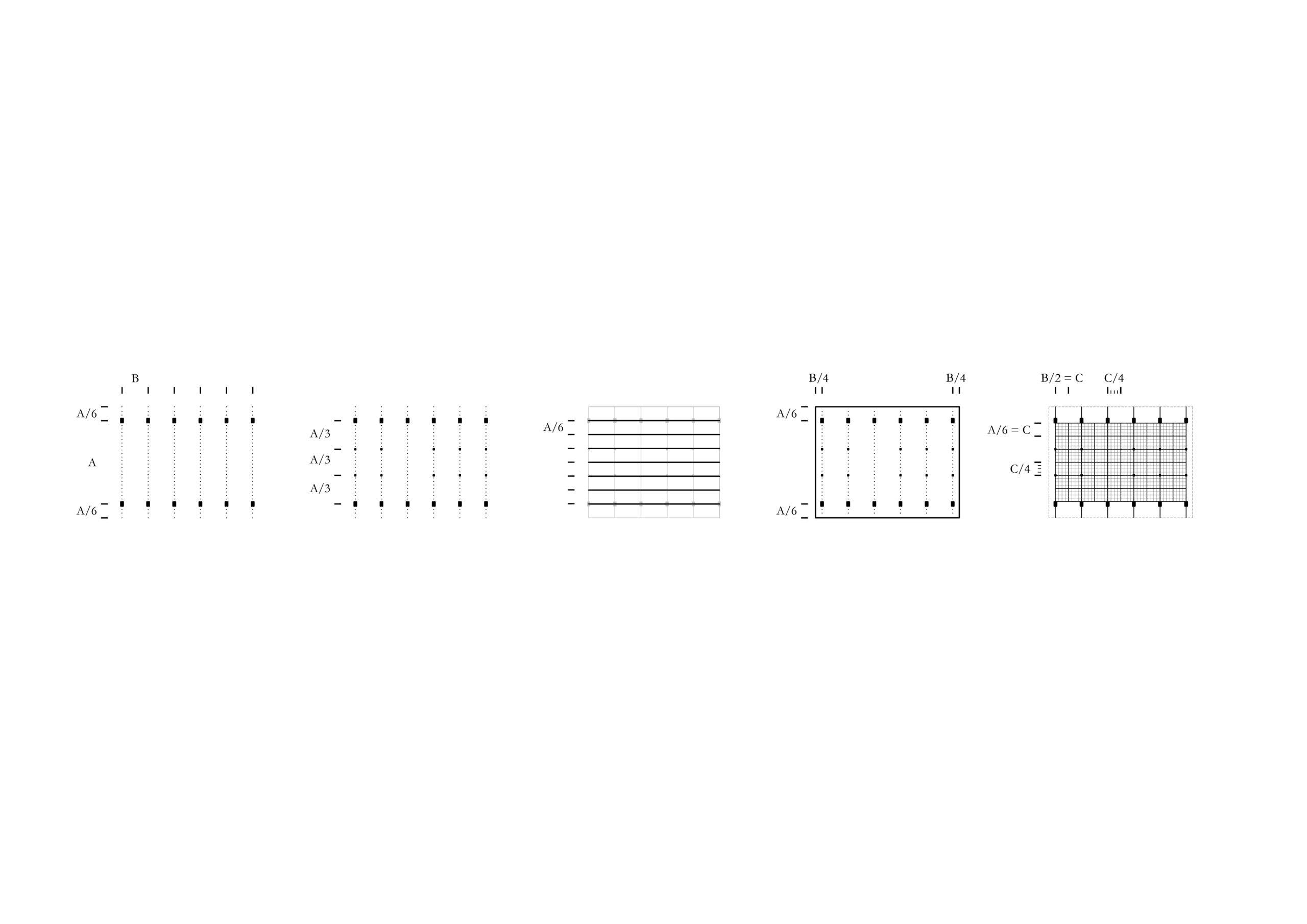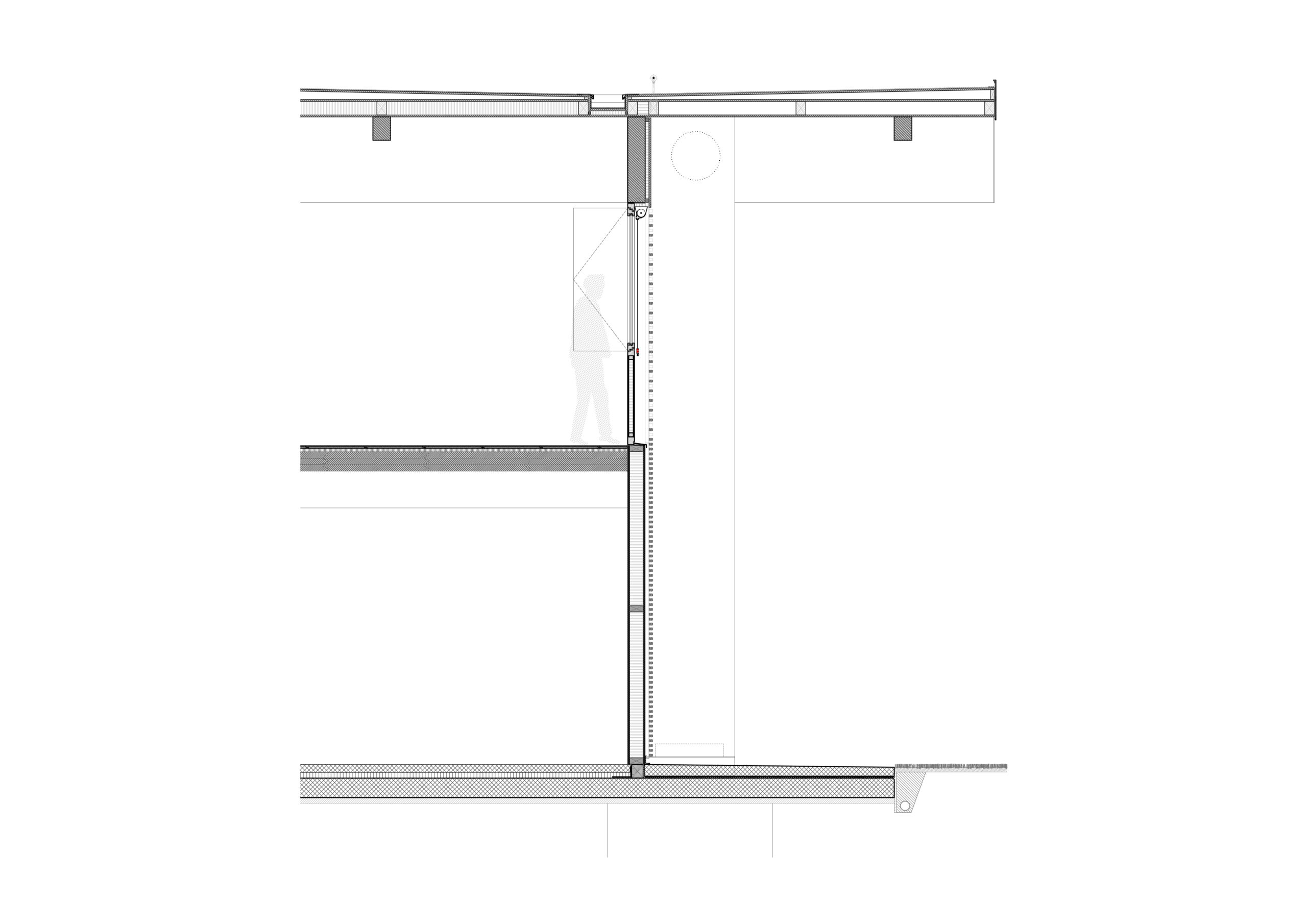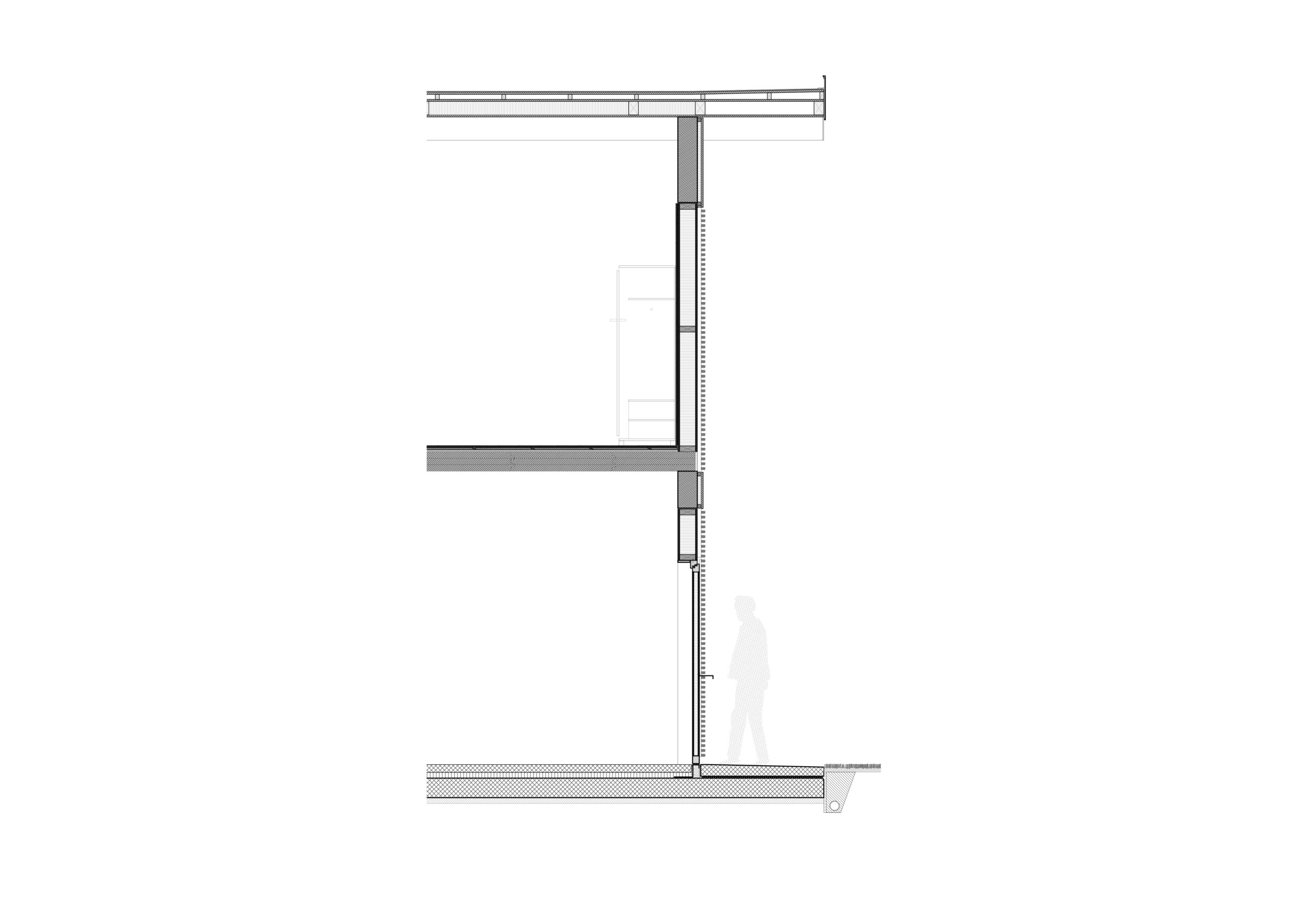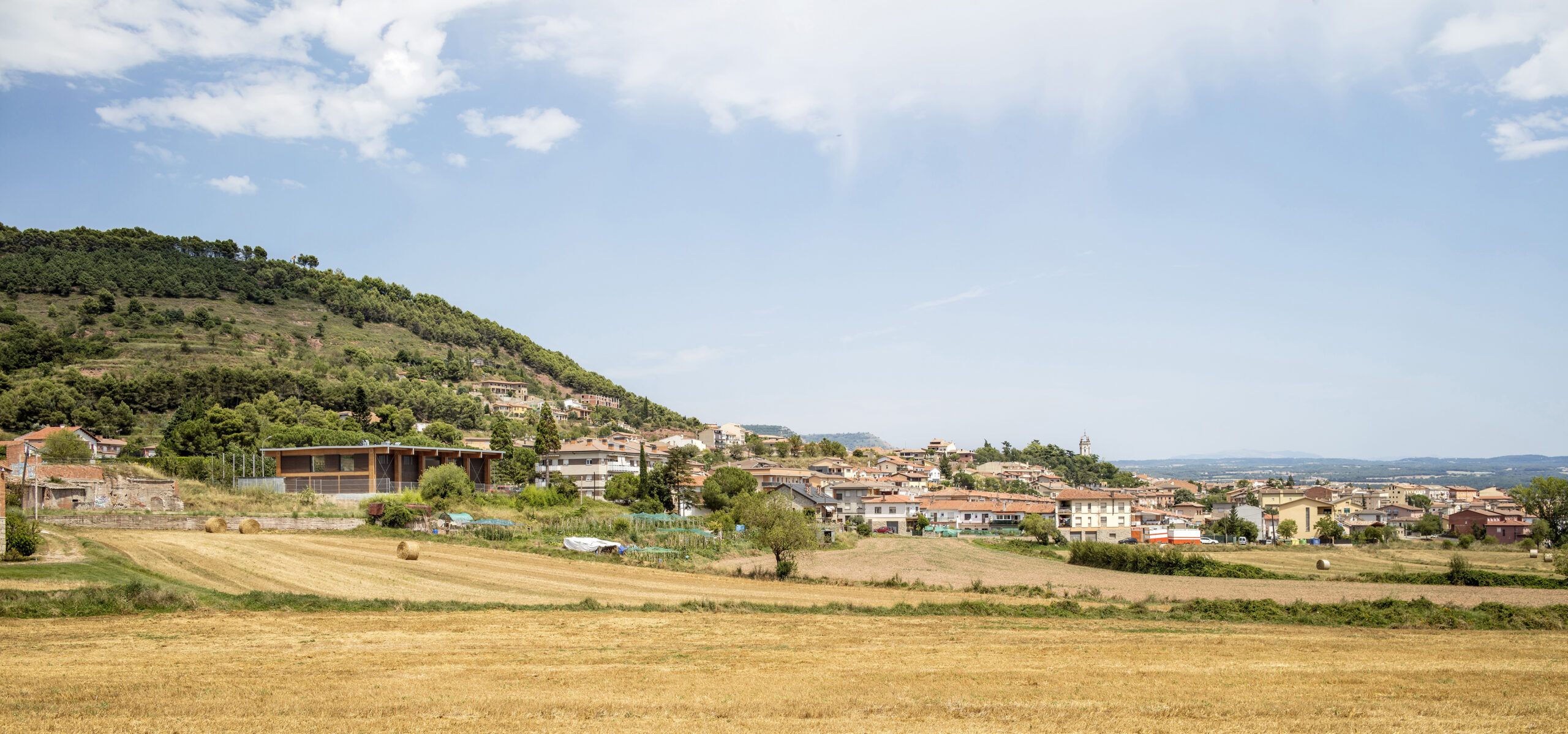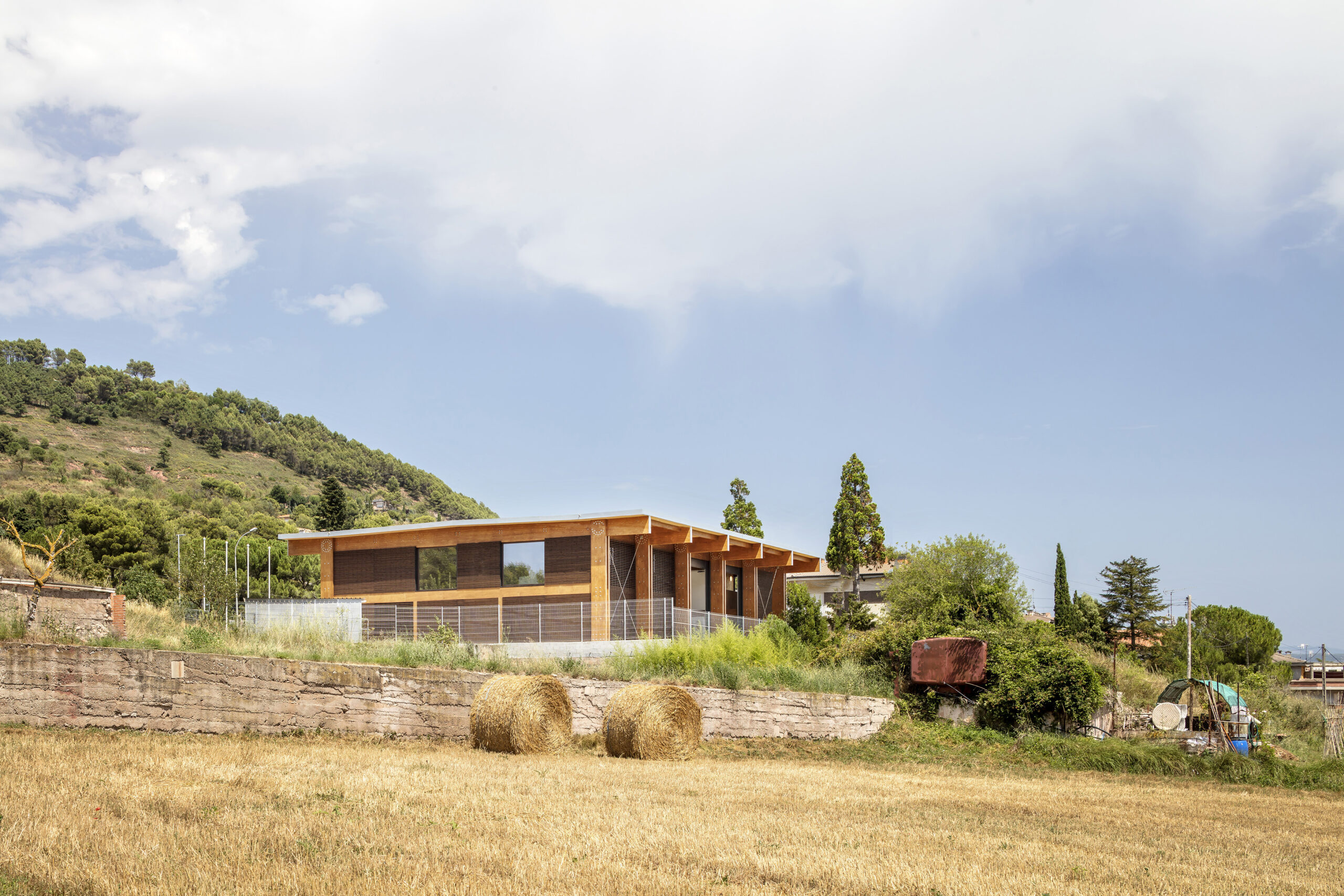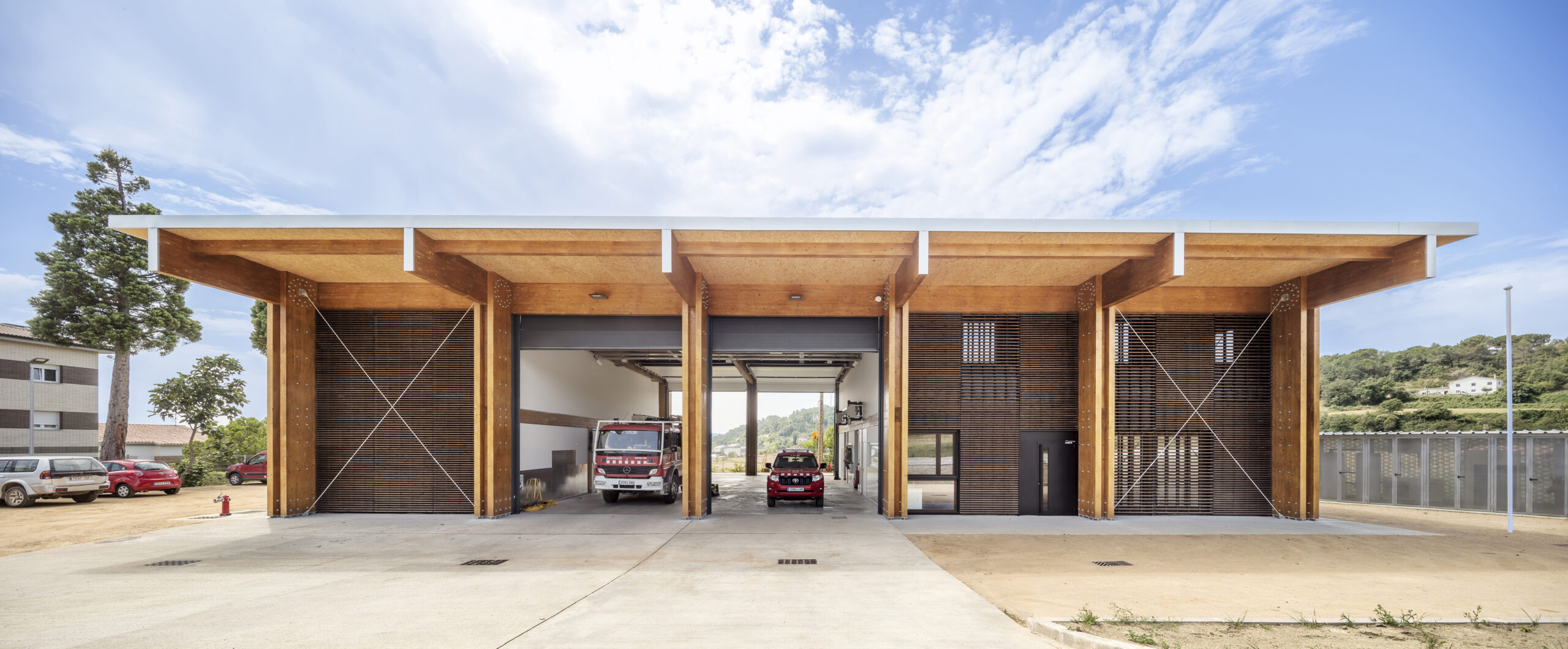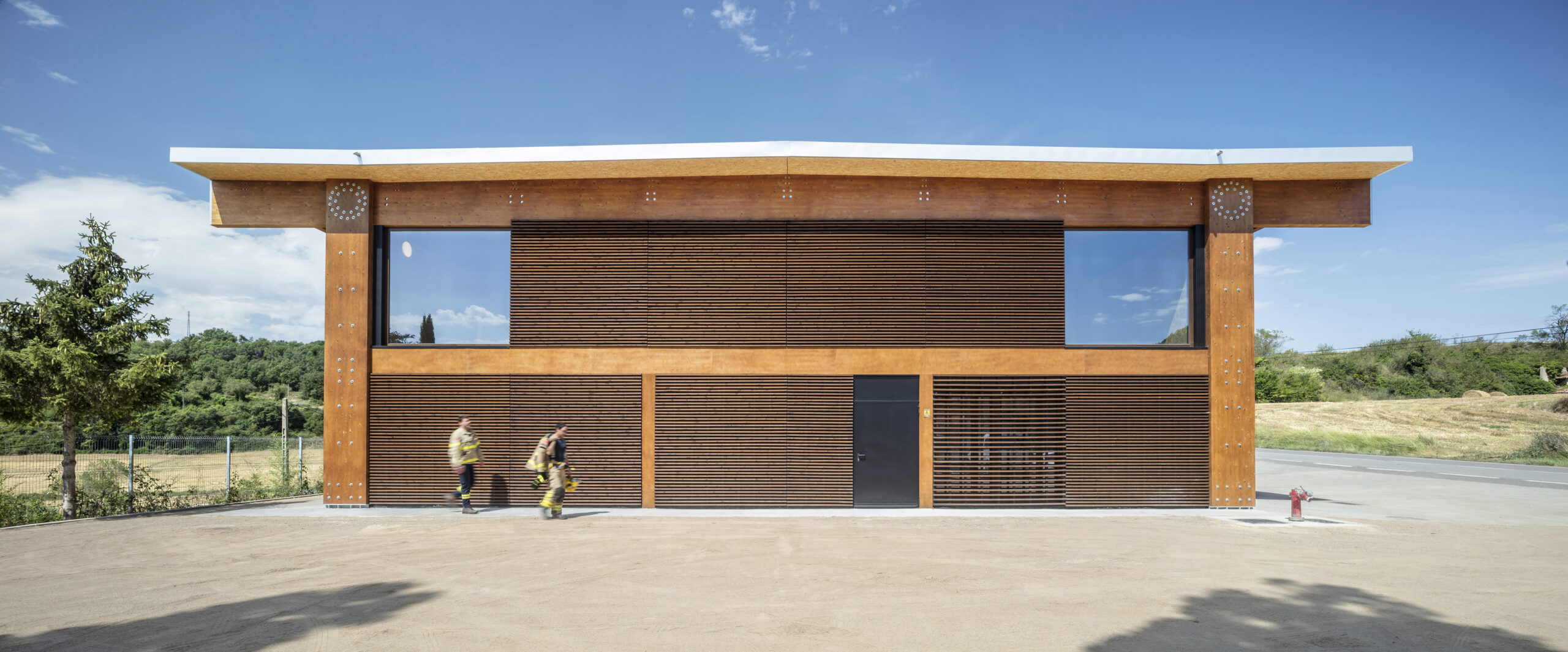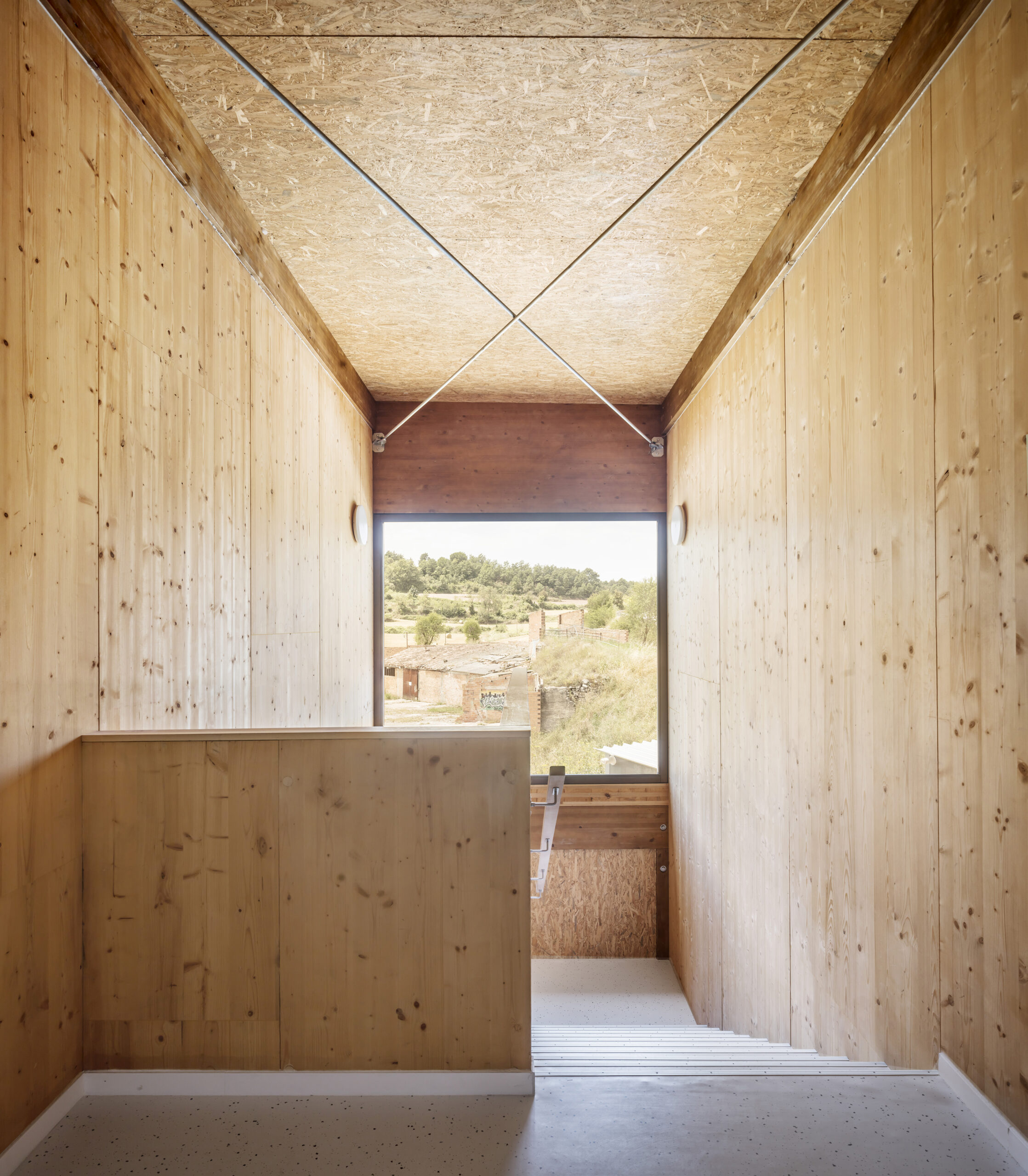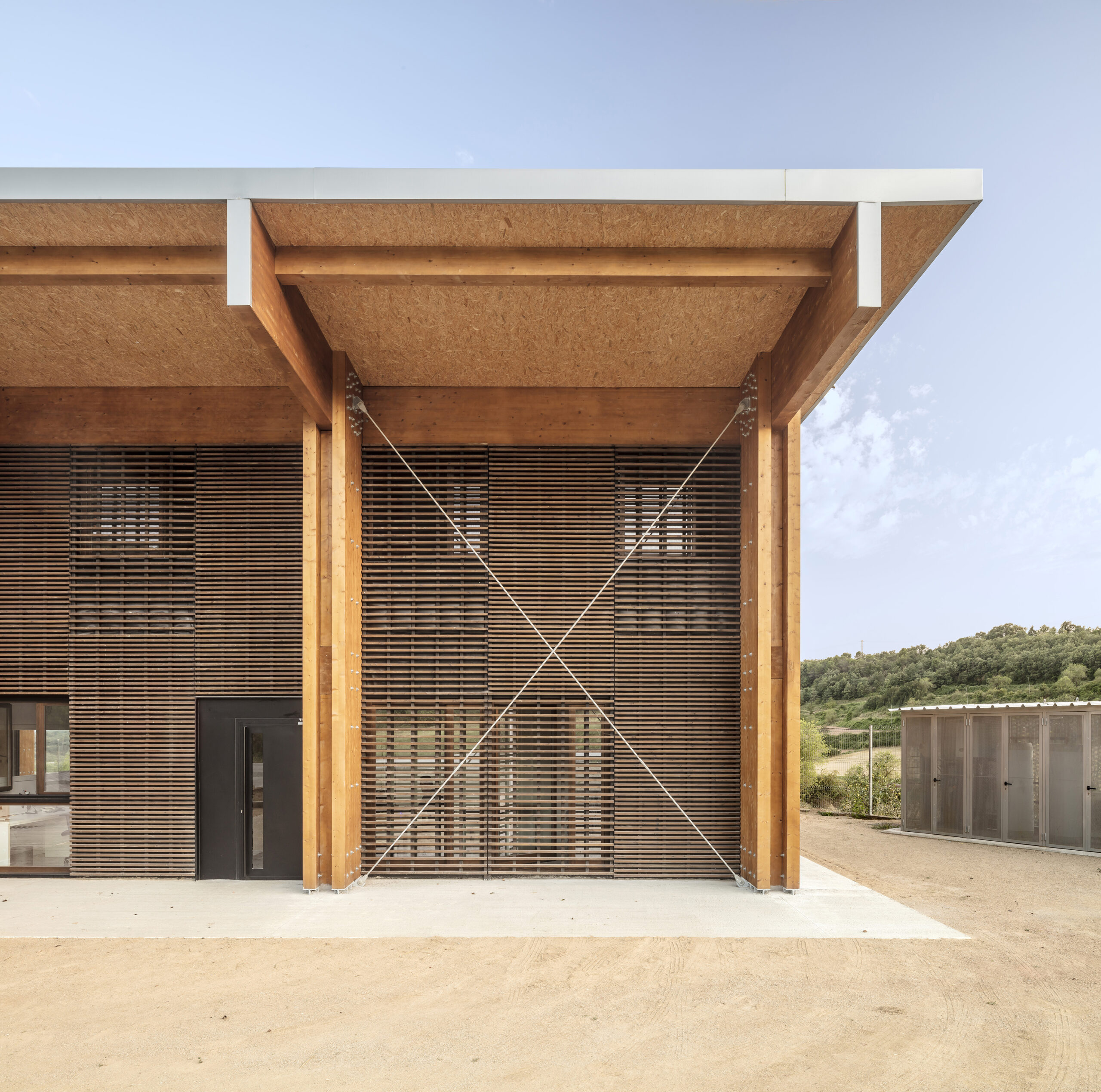(298) |
FIRE STATION |
A compact and austere building that gives prominence to the structure as an expression of its presence in the territory. A sequence of porticos perpendicular to the street and the landscape project asymmetric flights that enhance transparency between both parts of the territory, building a plane 7 meters above the ground that seems to float over the fields. A neutral and modular element that will easily allow future extensions.
The double scale of a portico embedded in another portico, like a Russian doll, resolves the coexistence between the domesticity required by the firefighter who lives in the park and the size of the trucks that inhabit the garage. A single gesture that systematizes and unites.
The industrialization demanded in the contest to build the Park in the shortest possible time is resolved by means of elements made in a workshop that are assembled on site. A laminated wood skeleton makes up the double pillars (to provide slenderness) and the beams attached to said pillars. Some wooden sandwich panels modulate the façade in a checkerboard game that qualifies the relationship between interior and exterior according to its uses.
A construction based on the efficiency of materials, where no waste is produced due to its industrialization and where CO2 is fixed through the use of wood. Wood as a material symbol of the 21st century and as an ideal choice due to its low conductivity compared, for example, with steel.
The material is structure, protection and enveloping at the same time.
2017-2020 (competition 1st prize)
Moià
Surface:
x m2
Client:
Generalitat
Author:
Josep Ferrando Architecture + Pedro García + 2260mm
Architects:
Josep Ferrando, Pedro García, Mar Puig, Manel Casellas
Team:
Ilaria Caprioli, Juan Mª Barbero, Roger Escorihuela
Consultants:
Miquel Rodríguez XMADE, Josep Nel·lo, JSS, AT3, SGS
Photos:
Adrià Goula
